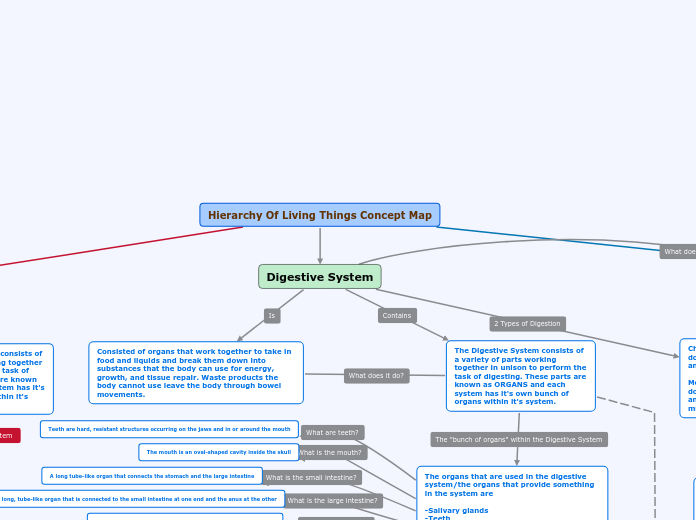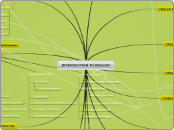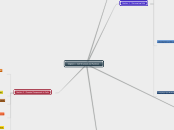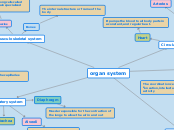par Rafiq Azan Il y a 1 année
322
Hierarchy Of Living Things Concept Map 2
Ribosomes are cellular structures composed of two subunits that can be found either floating freely in the cytoplasm or attached to the endoplasmic reticulum. They play a vital role in protein synthesis, using templates and instructions provided by RNA.









